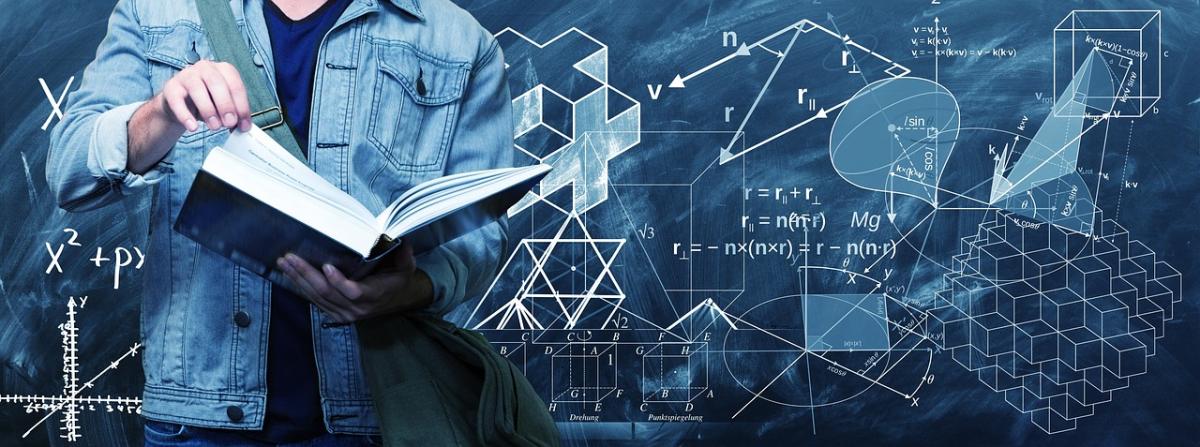
This lesson plan is a continuation of Part 1 (link to Part 1 is included). In this lesson, students will apply what they've learned from deconstructing boxes, and they will design their own unique

In this lesson, students will deconstruct cell phone boxes and other tech-packages to understand how packaging design relates to consumer experience. They will analyze what makes some designs more

This the fourth lesson in a series of lessons that introduces the engineering design process to middle schoolers. In this lesson students will choose their best design and develop a simple marketing

This lesson combines ELA/STEM lesson for 2nd grade. It's great to use with "Mr. Popper's Penguins" or any other units related to penguins. During this design challenge, students will build an iceberg
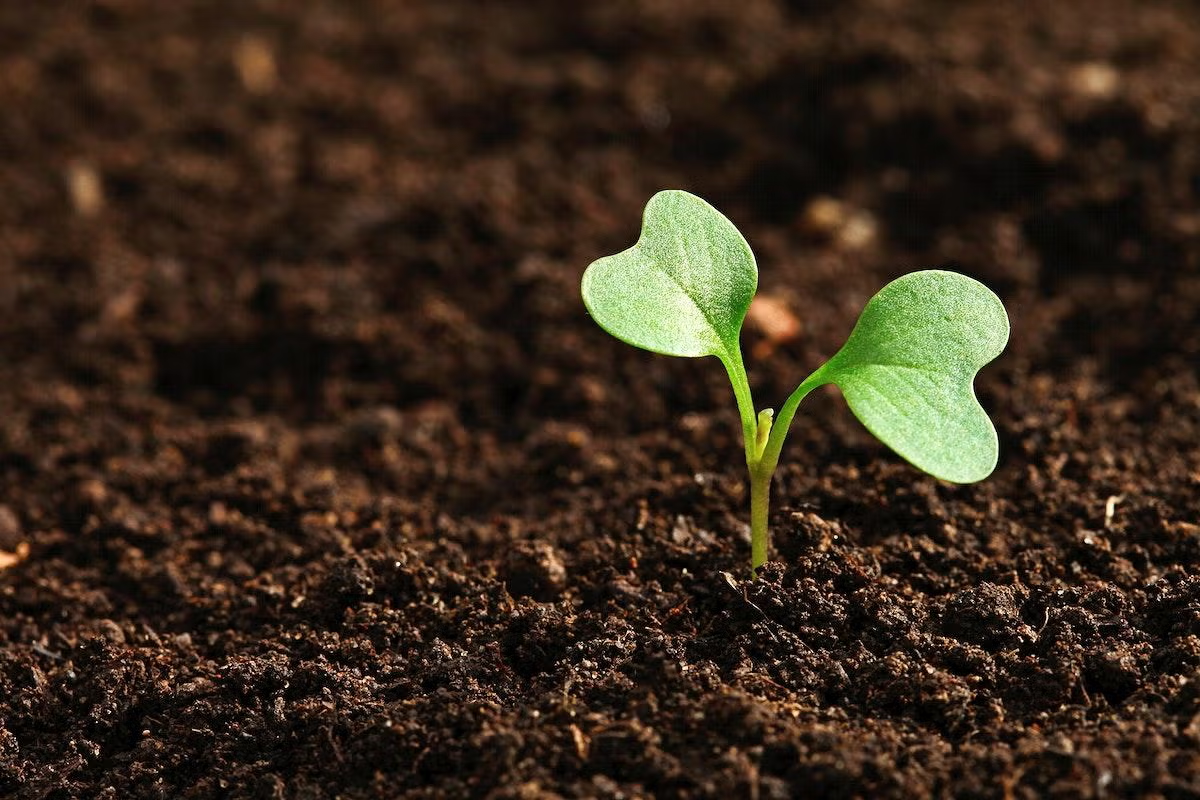
This hands-on lesson uses vermicomposting to apply virtually all of the science & engineering practices as well as several in math. Enough for a unit but a few stand-alone pieces can help your
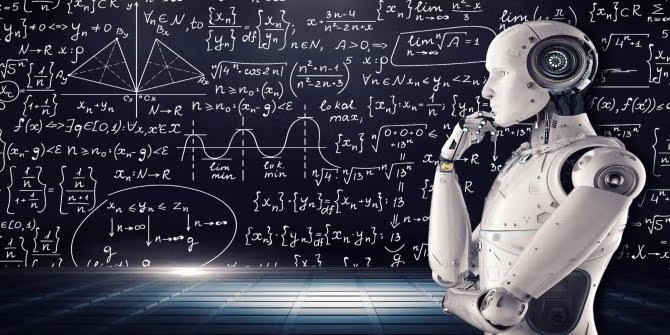
This lesson is modeled after STEMAzing's lesson, "Picture Perfect Rover Cell Phone Holder”. Students will build a cell phone holder for their Edison Bot, plan a drive for the Bot to collect photos or
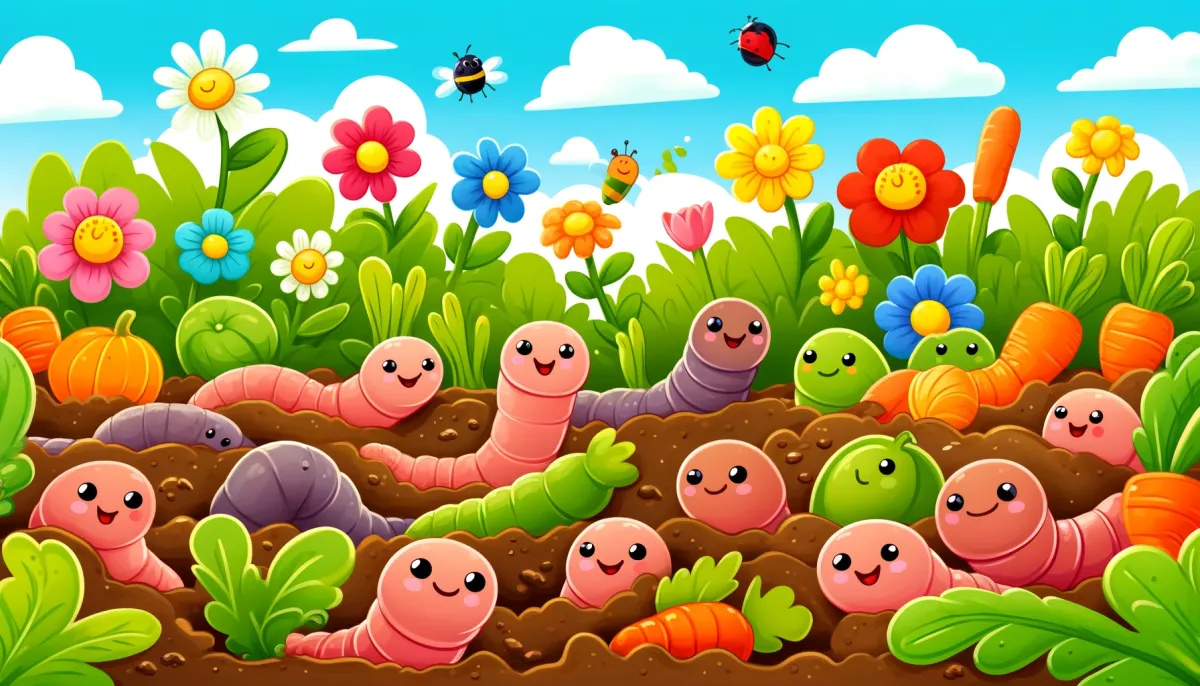
Through the use of the Read Aloud, "This Is a Book to Read with a Worm" by Jodi Wheeler-Toppen, students will learn about the functions and the structure of a worm and how worms affect the garden.

This is part 3 of a unit. Links to the first 2 lessons are included. This lesson focuses on building the base for the Ferris wheel. Students are encouraged to design and create a base that is wide

In this hands-on lesson, students will learn about the Engineering Design Process and its uses and benefits. The students will then apply what they have learned to the construction of a duct tape

Wildlife cameras are fun & surprisingly easy to use! If your students have never used any, check out this lesson to get them started by collecting meaningful image data to answer questions that they

In this hands-on lesson, students will utilize Beebots and the app iClips on the iPad to create a film about bees. Students will create their own storyboards and props and will analyze each other's

In this lesson, students will apply their knowledge from the prior day's lesson (Magnetic Marble Run Newton's Laws of Motion Day 1), to complete an Advanced Build of a Magnetic Marble Run. This lesson

This lesson can be used to reinforce physical science standards, engineering design concepts, and collaboration. Students will work with a National Geographic Magnetic Marble Run to construct a basic

In this hands-on lesson, students will design, construct, and defend their hummingbird feeder design.

This is part 2 of a unit. The other lessons are linked within each lesson. During this lesson, students will be encouraged to collaborate and imagine different solutions in order to connect the sides
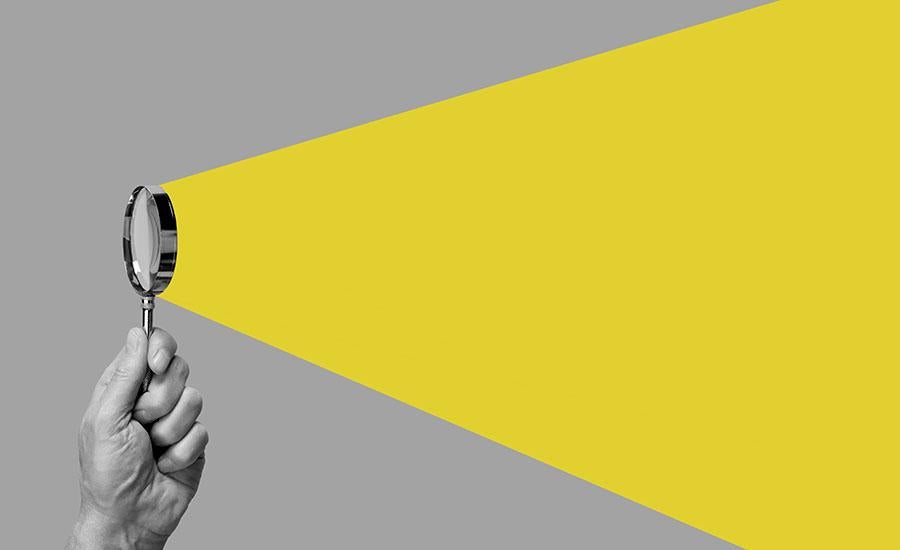
This is the 4th and final part of a 4-part series that allows students to communicate what they've learned through using the engineering design process to develop new vision technology. Links to all

This hands-on lesson allows students to engage in the engineering design process by building a new vision technology with applications of convex and concave lenses. This is the 3rd lesson in a series

This is part 1 of a unit, other lessons are posted. In this lesson students will use prior knowledge of how wheels and axles work in order to create two symmetrical sides of a ferris wheel. This

Animal Habitats: Lesson 3
This is lesson 3 of the Life Science Unit. Students design a habitat for an organism using earth material. Links to all lessons and optional fiction read-alouds, picture sorts, STEM hands-on

Animals and Resources: Lesson 1
This is lesson 1 of the Life Science Unit. Links to all lessons included! In this lesson, students engineer a bird feeder to help birds access resources to survive. Optional fiction read-alouds
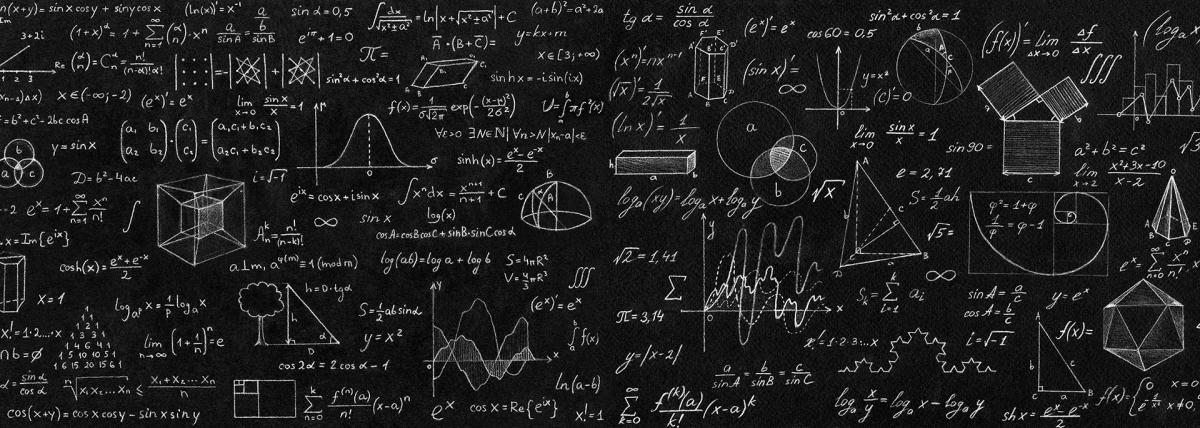
In this hands-on lesson, students will have a teacher read aloud: "Rosie Revere, Engineer" and discuss the importance of perseverance and imagination while creating, building, and testing. They will

In this lesson students use a picture book to look for cause and effect relationships between biotic and abiotic factors in an ecosystems using systems thinking strategies. Students create a

In this hands-on lesson, students will use robotics to create an automated system that simulates the cleanup of a natural disaster. In this case, a nuclear reactor explosion. Students will program

This is a multiple-day lesson plan based on Newton's 3 Laws of Motion. Students begin the lesson by collecting data observing coins moving across a table. After making the observations, students will


